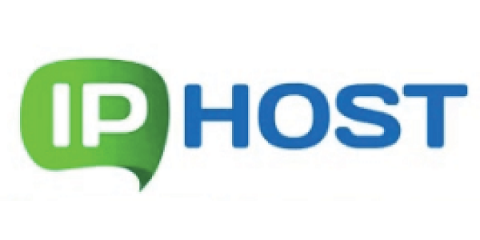SNMP vs WMI: the advantage of less resource consuming monitor types
WMI (Windows Management Instrumentation) is an actual standard to access and/or control Windows components, services and applications. With its query language (resembling the SQL used by many relational databases), WMI allows collecting information from multiple sources, so-called providers. However, this comes at a cost: running WMI query is a resource- and time-consuming operation (comparing to certain alternatives).


